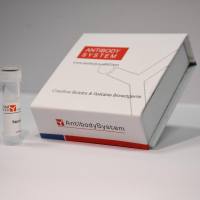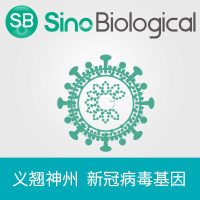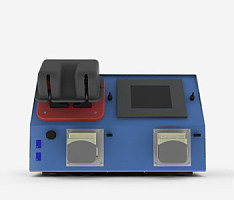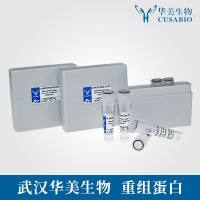Coronary Perfusion Cocktails for In Vivo Gene Transfer
互联网
522
Gene therapy has tremendous potential as a treatment option for heart disease. Before successful implementation of gene transfer strategies, however, several problems need to be addressed. These include: increased efficiency and homogeneity of delivery to cardiac myocytes; dosage minimization to limit untoward effects; delivery localization to avoid nonspecific gene transfer; and simplification of delivery techniques to broaden applicability of the intervention. To address the problem of efficient and homogeneous delivery, we studied adenovirus behavior in a variety of in vivo, ex vivo, and in vitro models (1 –3 ). We found that the adenovirus behavior was characterized by a diffusional component and a receptor-ligand interaction. The percentage of cells infected by the vector varied with coronary flow rate, virus contact time, and virus concentration. A significant improvement in gene transfer efficiency was noted with modulation of microvascular permeability. The focus of this chapter is on improving in vivo delivery by increasing microvascular permeability.









